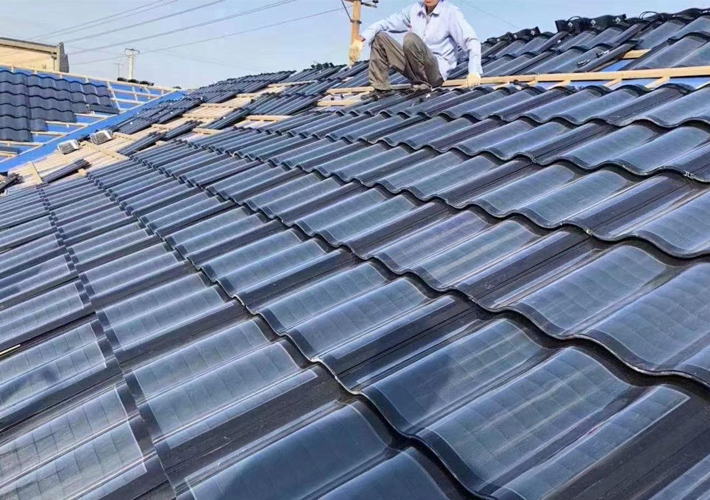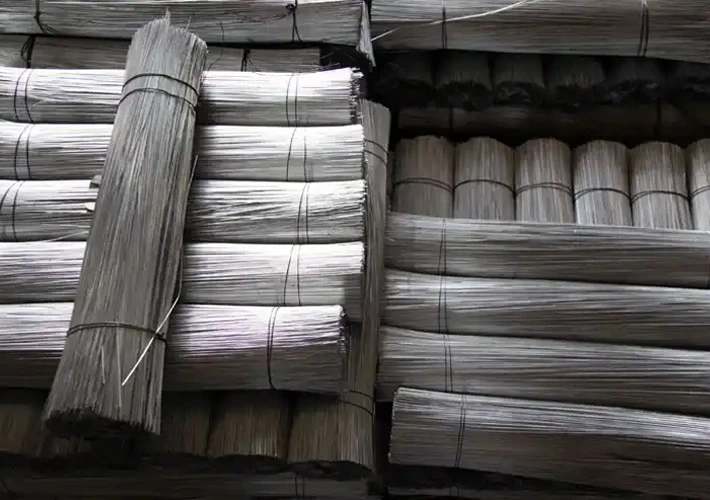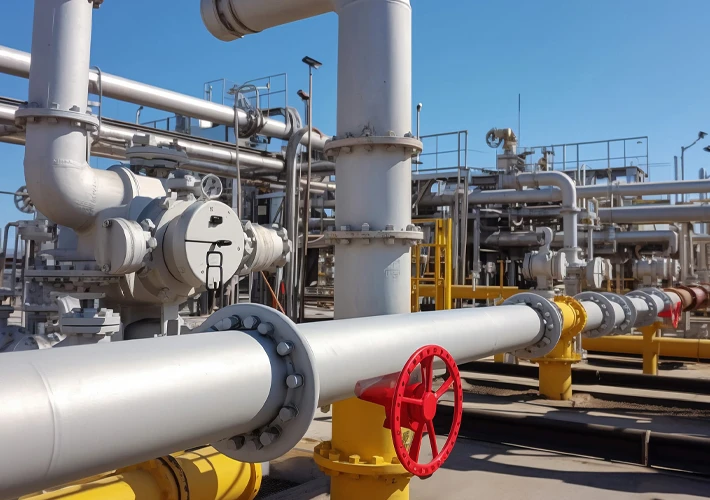
Chapter 1: Introduction
FRP (Fiberglass Reinforced Plastic) transparent roofing sheets are building materials designed to provide natural light while also offering the benefits of durability, weather resistance, and corrosion resistance associated with fiberglass. These sheets are commonly used in a variety of architectural and industrial applications where light transmission is desired, such as roofing, skylights, and wall panels.

Chapter 2: Advantages
Key features and benefits of FRP transparent roofing sheets include:
- Light Transmission: FRP transparent roofing sheets allow natural sunlight to pass through, reducing the need for artificial lighting during the day and creating a bright and inviting environment.
- Durability: Like other fiberglass products, these sheets are known for their high strength-to-weight ratio and resistance to impacts, chemicals, and environmental factors.
- Weather Resistance: FRP transparent roofing sheets are designed to withstand exposure to various weather conditions, including rain, snow, UV radiation, and extreme temperatures.
- Corrosion Resistance: The fiberglass reinforcement in these sheets makes them resistant to corrosion, making them suitable for use in coastal or industrial environments.
- Low Maintenance: FRP materials are relatively easy to clean and require minimal maintenance over their lifespan.
- Design Flexibility: These sheets can be manufactured in different profiles, sizes, and colors to match specific architectural and design requirements.

Chapter 3: Purpose
FRP transparent roofing sheets are commonly used in applications such as:
- Residential and commercial roofing
- Skylights and sunrooms
- Greenhouses and agricultural structures
- Industrial buildings and warehouses
- Covered walkways and canopies
- Swimming pool enclosures

Chapter 4: Things You Need to Consider
When considering the use of FRP transparent roofing sheets, it’s important to select the appropriate thickness, UV protection, and other specifications based on the specific application and environmental conditions. Consulting with manufacturers, suppliers, or construction professionals can help ensure that you choose the right materials for your project.





